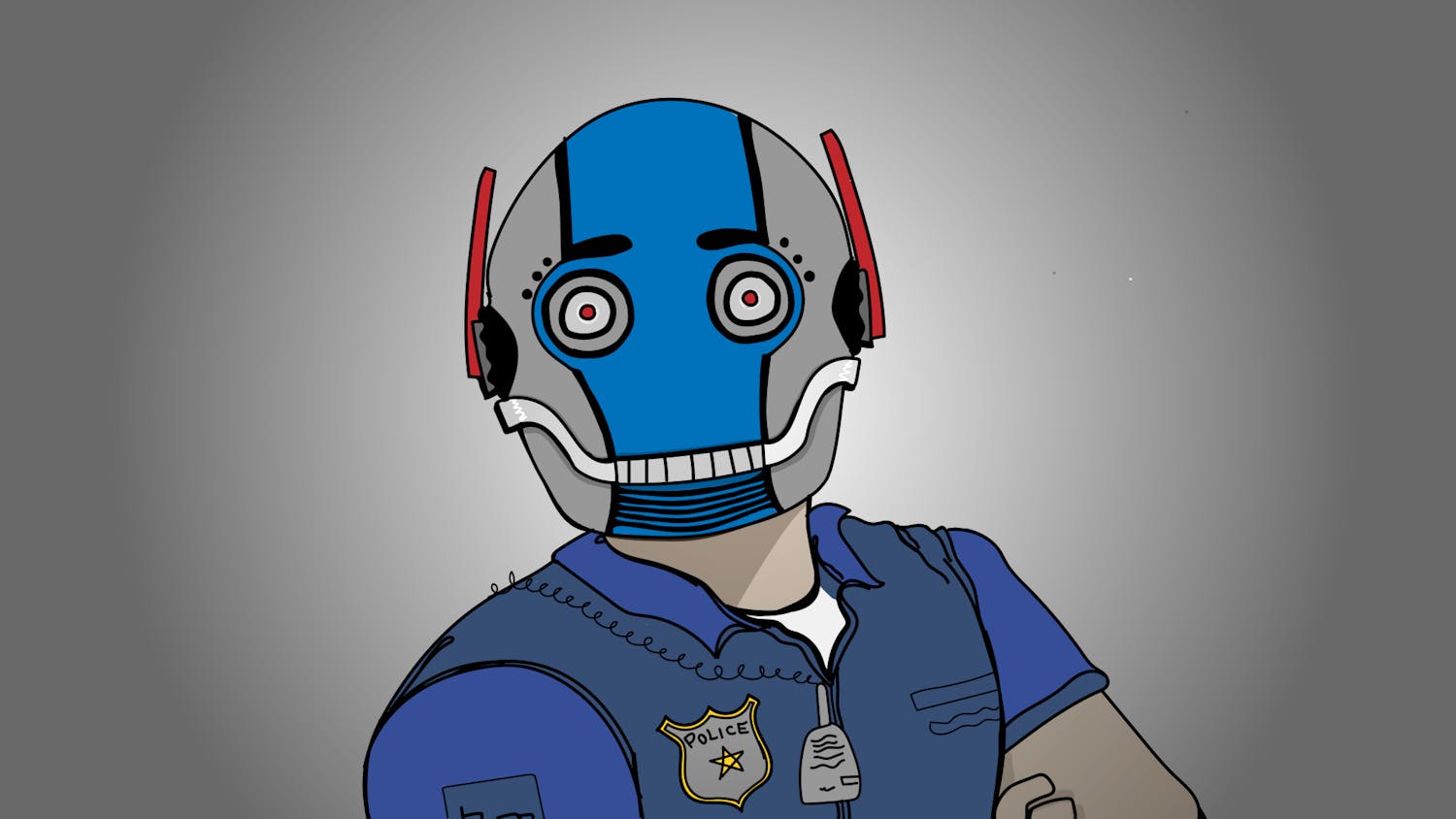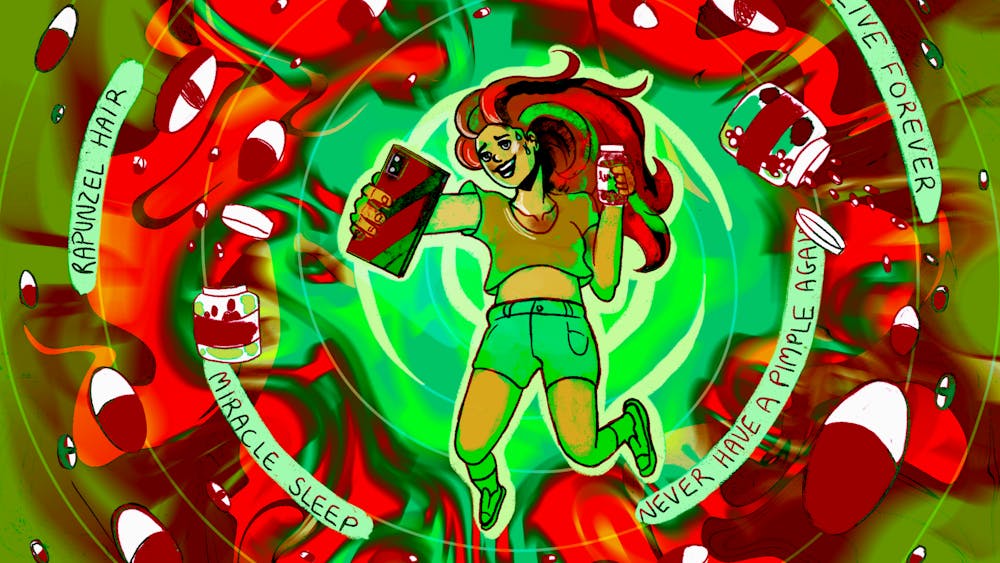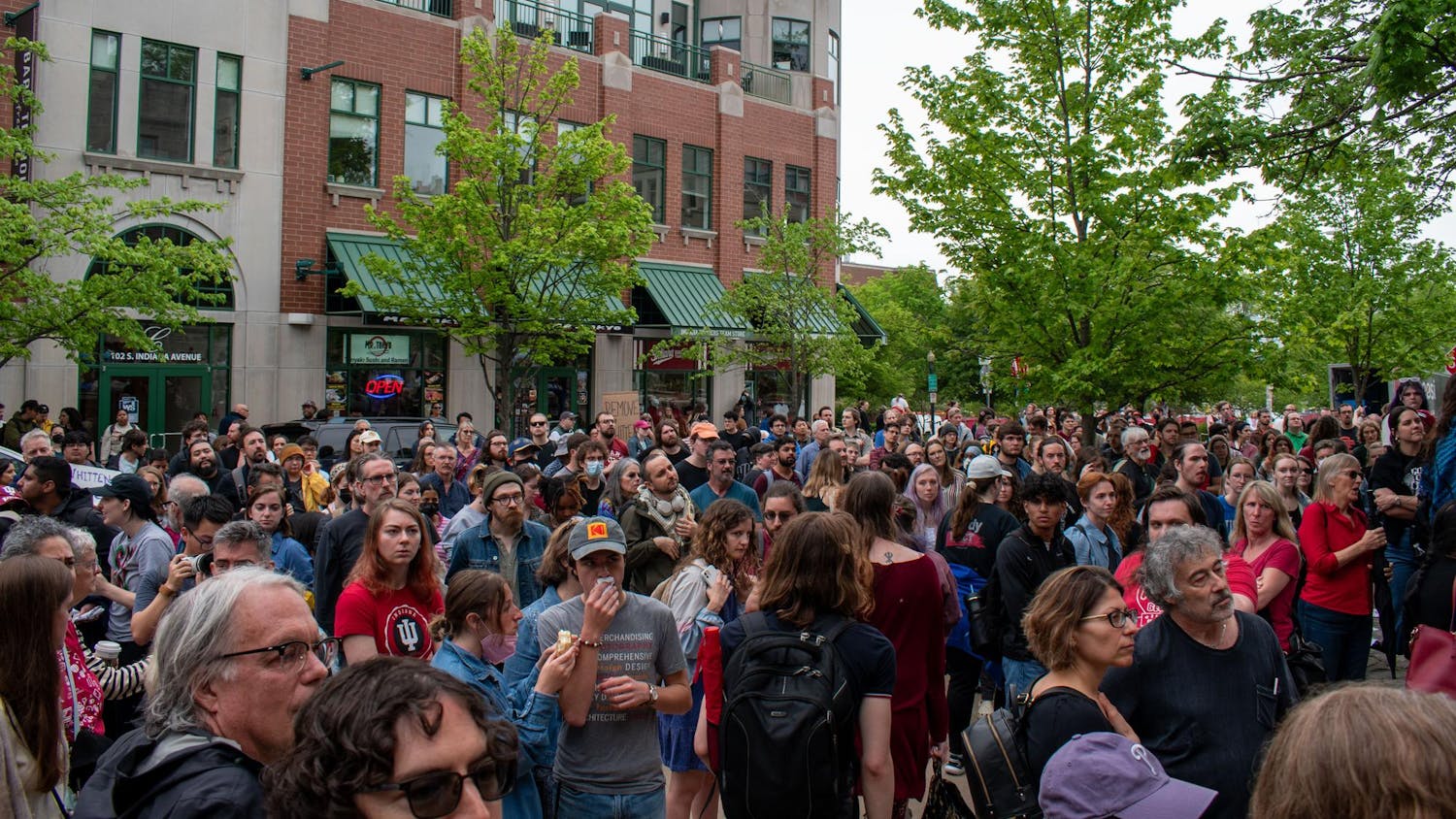The rise of Web 2.0 social media sites such as Facebook, MySpace and YouTube has rendered physical distance insignificant to the way the world communicates.
Print newspapers and letters are things of the past, fading quickly and kept alive merely for sentimentality and nostalgia.
Instead, the Internet has become the medium of choice for communicating promptly and effectively.
With its instant updates and unlimited audience, the Internet is a godsend for the weak, who use social media sites to expose their own hardships. However, the Internet has also become the most far-reaching and unfettered vehicle for hate speech and must be examined, lest it incite violence.
Because social media has recently made popular, positive contributions to society and the world, we might be lulled into a false sense of security.
In the wake of the catastrophic earthquake that hit Haiti in January, the world came together like never before, using social media sites to aid the shattered country and its injured population.
Nearly instantly, concerned users of Twitter and Facebook spread news of the quake and pleas for help.
Using mass texts and mobile donations, the American Red Cross was able to raise a record-breaking $7 million within 24 hours of the quake. By all accounts, social media became a humanitarian hero that could be trusted to help the less fortunate.
So, when Iranian President Mahmoud Ahmadinejad was re-elected to another term in a much-criticized election, western social media enthusiasts turned to these same sites for their output.
Because of their vast membership, the online social media networks made it easy to gauge how the Iranian people responded to the election. Twitter updates and YouTube videos spread the Iranians’ dissenting reactions with images, descriptions and videos of wide-scale, peaceful protest.
Yet, soon after Grand Ayatollah Ali Khamenei, the country’s supreme leader, announced that the election had been fair and accurate, videos appeared online of protesters referring to Ahmadinejad as a dictator, calling for Khamenei’s death and invoking the name of Neda, a woman shot during the protests.
Although these videos continued to expose the plight of the Iranian citizens who felt swindled by the suspect elections, they also constituted hate speech.
The U.S. Supreme Court has found that publications such as magazines and newspapers are not examples of hate speech because they do not incite imminent violence and rioting. However, now that publications have moved online, they meet the definition of hate speech.
Because publications are updated virtually instantly online, incitement is imminent. And because distance is irrelevant with the Internet, these publications reach the world — and specifically, their target audience — immediately.
Combining the Internet’s speed and worldwide accessibility, hateful publications are now as effective as a face-to-face, fiery speech coaxing an angry, racist mob to attack a nearby minority.
Should YouTube and other social media networks be charged for disseminating hate speech? There is no easy answer to this question. As Americans, we must continue to hold onto our First Amendment rights to freedom of speech and press.
Yet we must also figure out a way to stop the propagation of violence and proliferation of hate in this digital age. Currently, the Internet has been the freest form of communication. However, in the face of violence, the Internet must be regulated.
E-mail: yzchaudh@indiana.edu
Censor Hatebook
Get stories like this in your inbox
Subscribe





